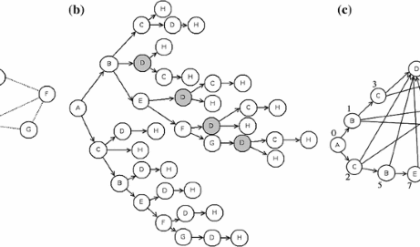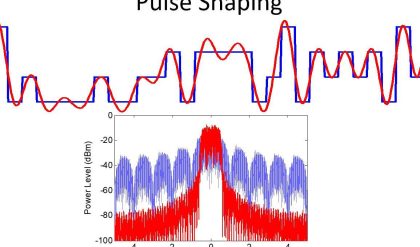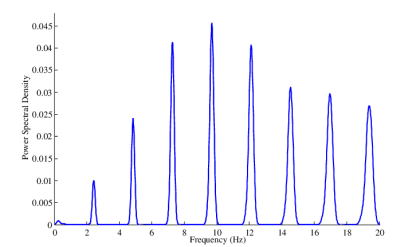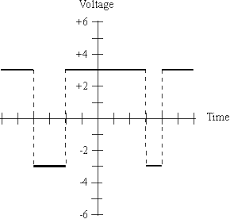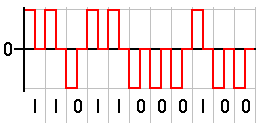In this type of modulation, both the amplitude and width of the pulse are kept constant. We vary the position of each pulse with reference to a particular pulse. Here a single pulse is transmitted with the required number of phase shifts. So we can say that pulse position modulation is an analogue modulation scheme where the amplitude and width of the pulse are kept constant, while the position of the pulse with respect to the position of a reference pulse is varied according to the instantaneous value of message signal.
PPM can be obtained from PWM. This is done by getting rid of leading-edge and bodies of PWM pulses. The main advantage of pulse position modulation is that it requires constant transmitter power output while the major disadvantage is that it depends upon transmitter-receiver synchronisation.
The waveforms of PPM are given below:

However, the third type, pulse-frequency modulation is not used.
Advantages of PPM
- As it has constant amplitude noise interference is less.
- We can easily separate signal from a noisy signal.
- Among all three types, it has the most power efficiency.
- Requires less power when compared to pulse amplitude modulation.
Disadvantages of PPM
- The system is highly complex.
- The system requires more bandwidth.
Applications of PPM
- It is used in the air traffic control system and telecommunication systems.
- Remote controlled cars, planes, trains use pulse code modulations.
- It is used to compress data and hence it is used for storage.
